Ghaybalushen
Ghaybalushen is located on the left slant slope of the left tributary of the Karkar River (Ghaybalu or Karkar proper), at the foot of the north-western gorge of Shushi. In the 18th-20th centuries, it was connected to Shushi by a busy route leading from the gates of Yerevan to Khachen, and a single-span bridge was built over the underpass (the probable time of the current structure is the 17th-18th centuries). After the massacres perpetrated by the Turks of Shushi in 1919, to which the majority of the village population fell victim, the settlement was abandoned.

A. After the first war.
St. Astvatsatsin church, built in the 17th century and modified in the 19th century (it is a single-nave vaulted hall with a gable roof, sole southern entrance, eastern altar, adjacent northern and southern vestries, in-built baptismal pool on the eastern side of the northern wall), the cemetery, the bridge, the ruins of several mills are preserved on the site.
The lintel inscription on the portal of Ghaybalushen’s church and the solar relief of Christ, the inscriptions of the upper mill had been erased by the Azeris of Shushi before 1988.
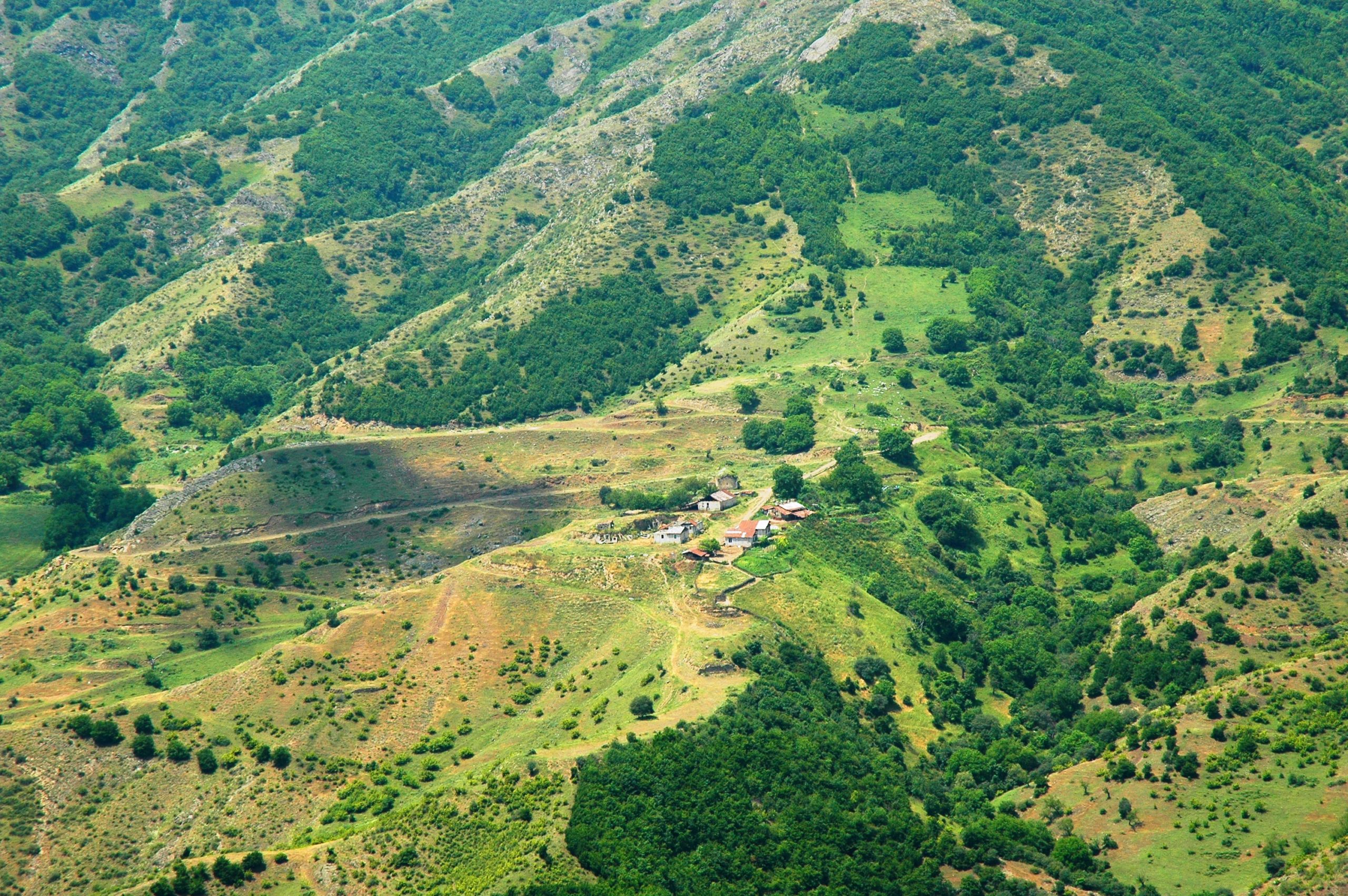
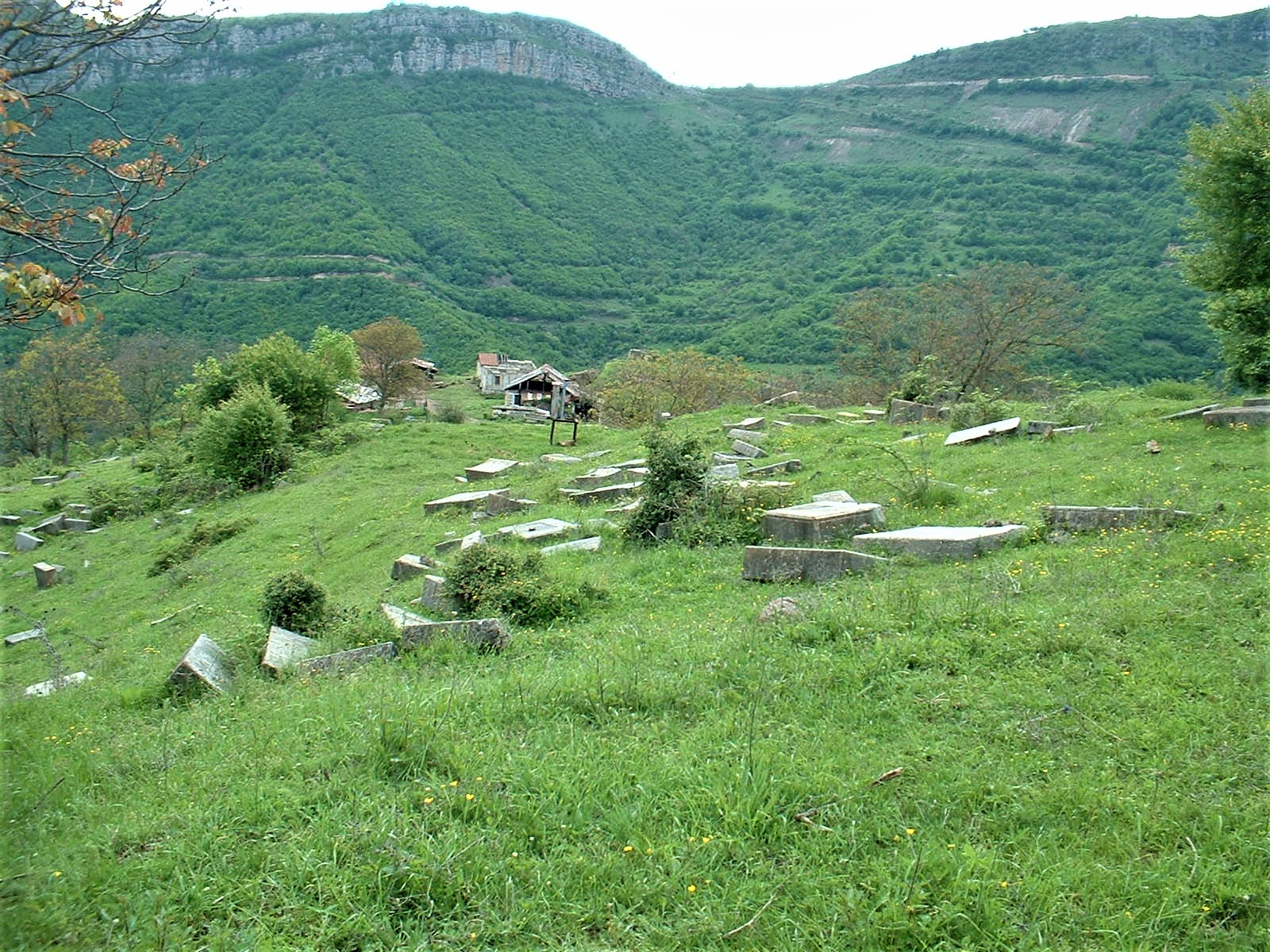
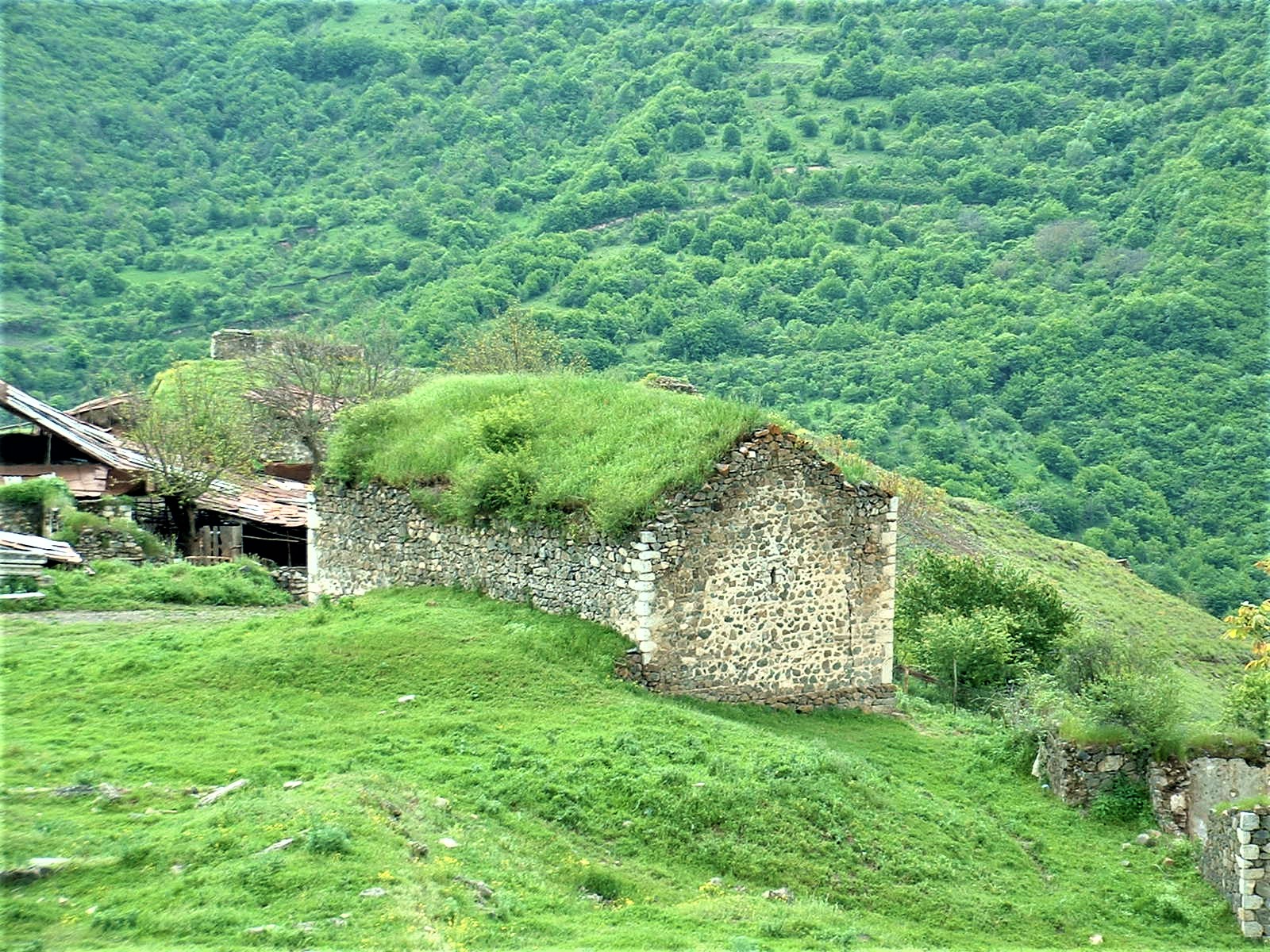
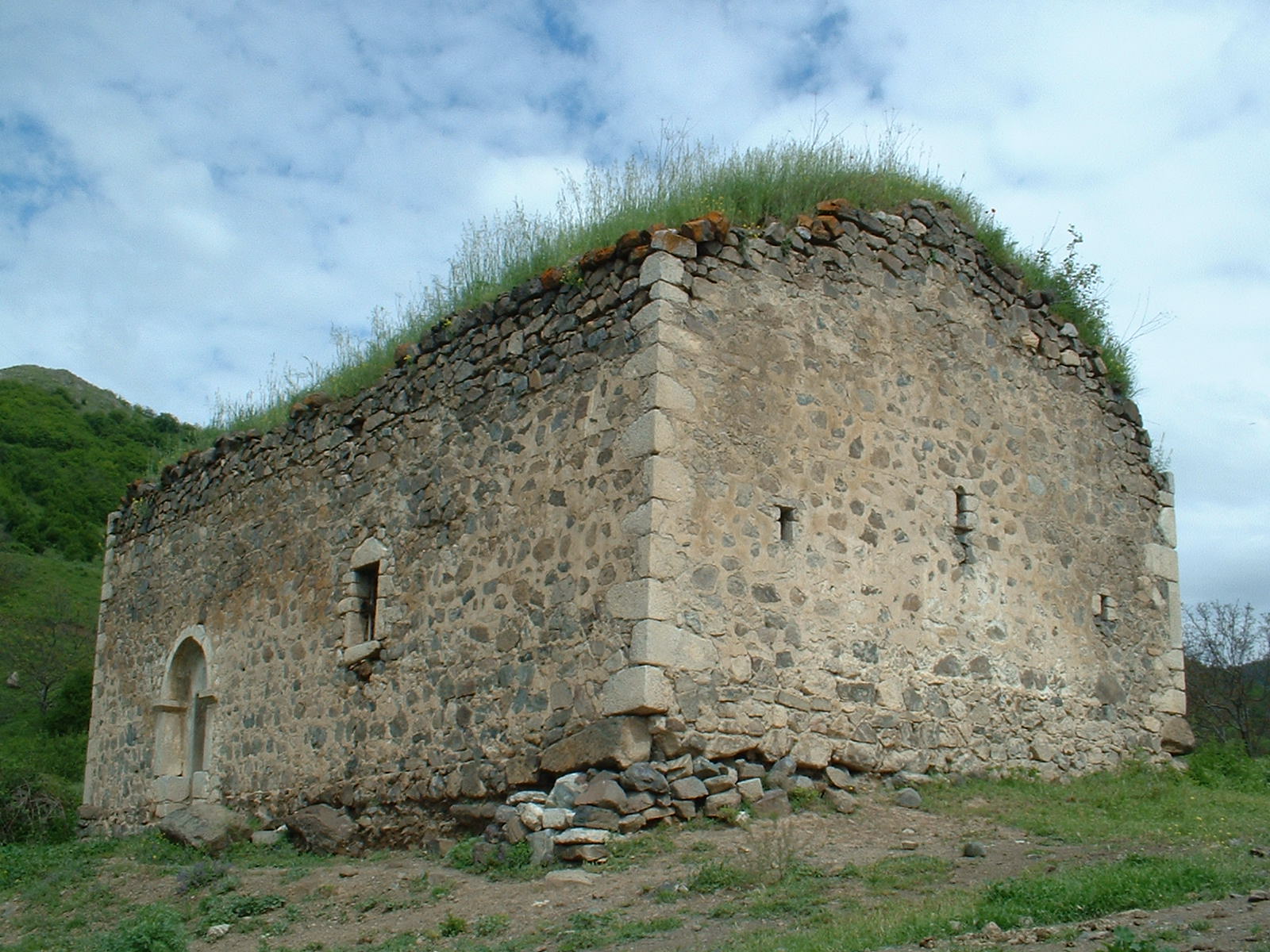
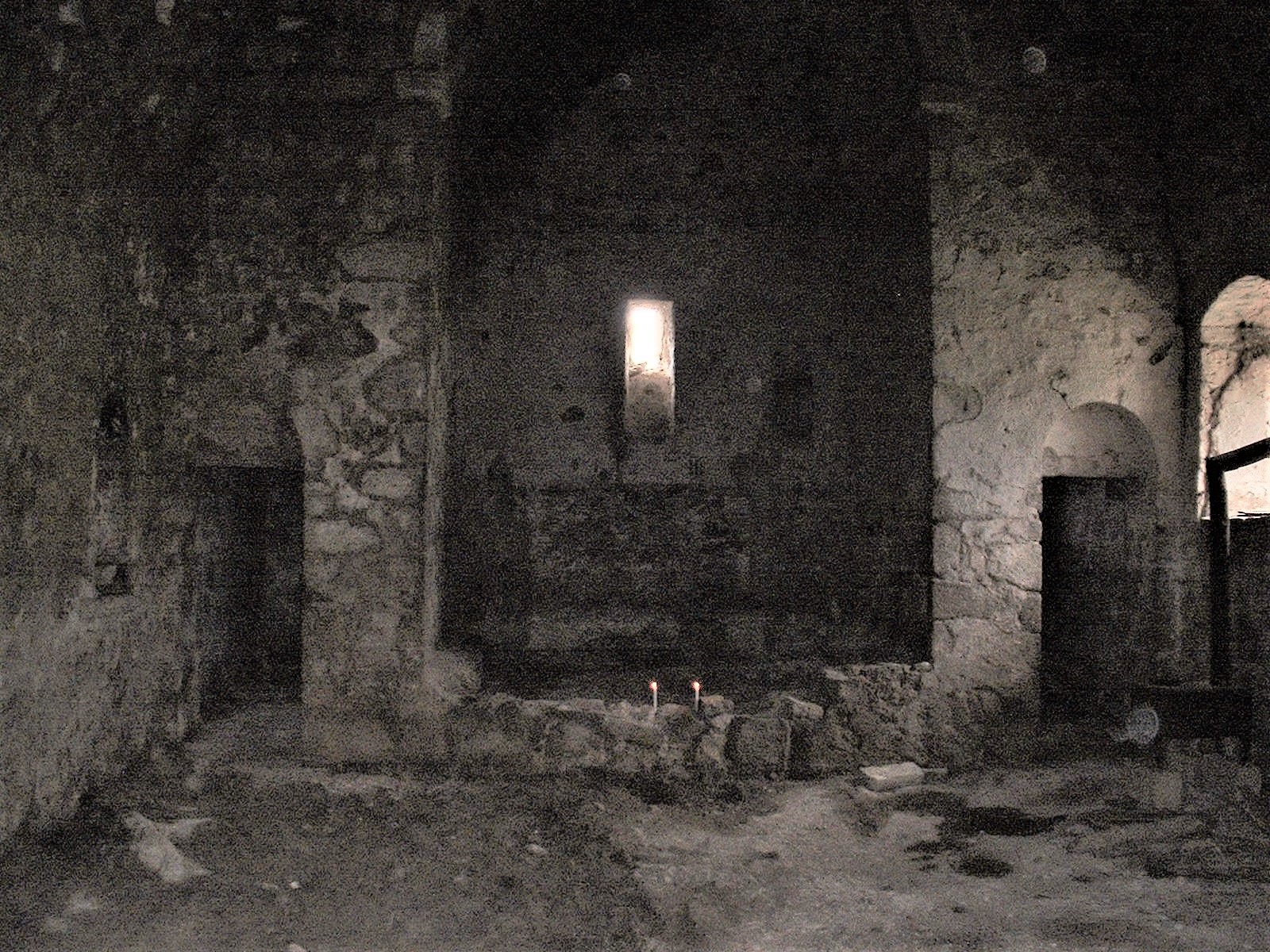


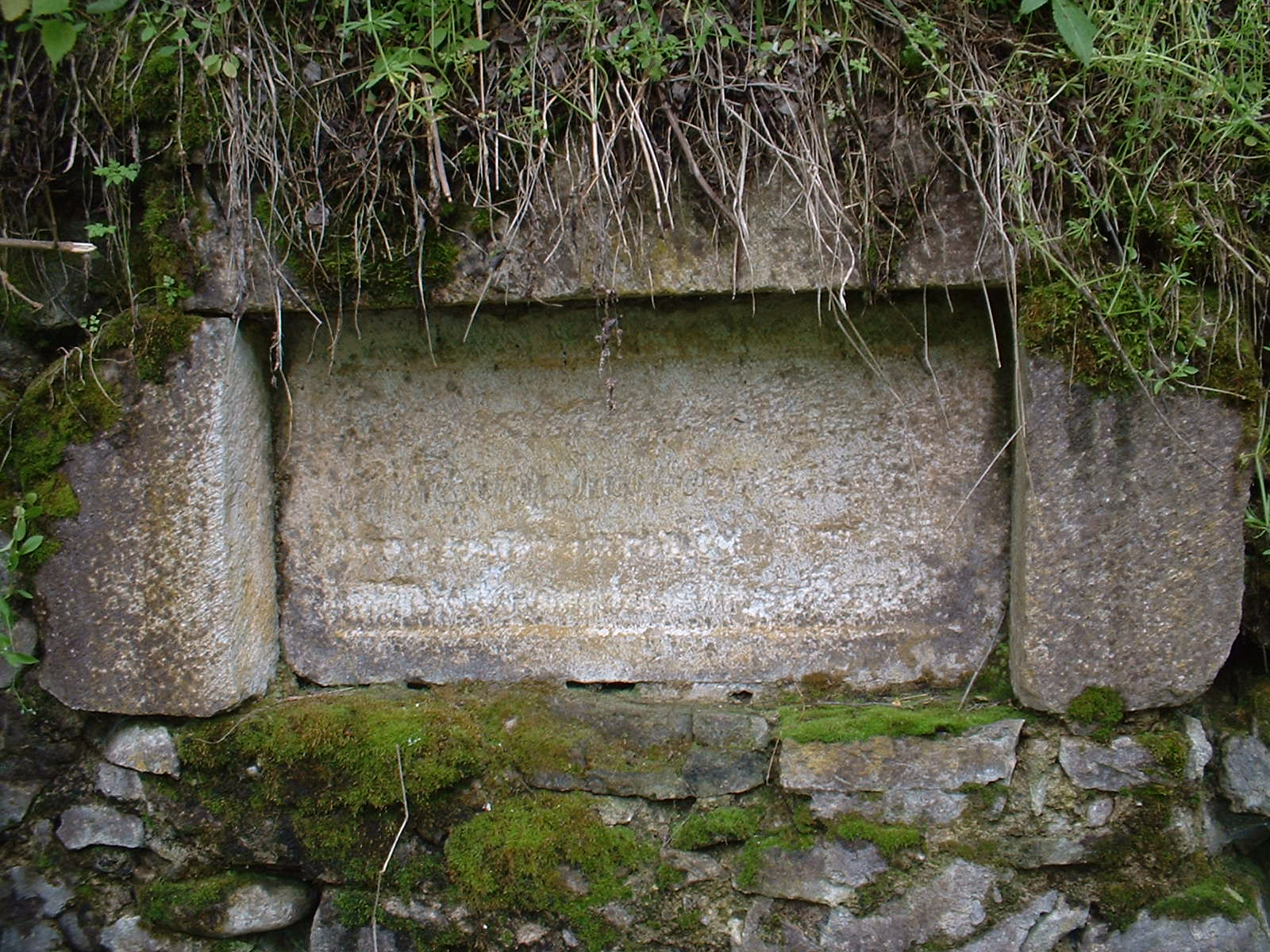
B. After the second war
During the war, the monument was shelled, as a result of which the crack in the western wall of the church more widened, the stones of the south-eastern plinth wall were moved, cracks appeared in different parts of the eastern altar and the vestries.
Currently, the monument is located immediately on the border and needs special monitoring.
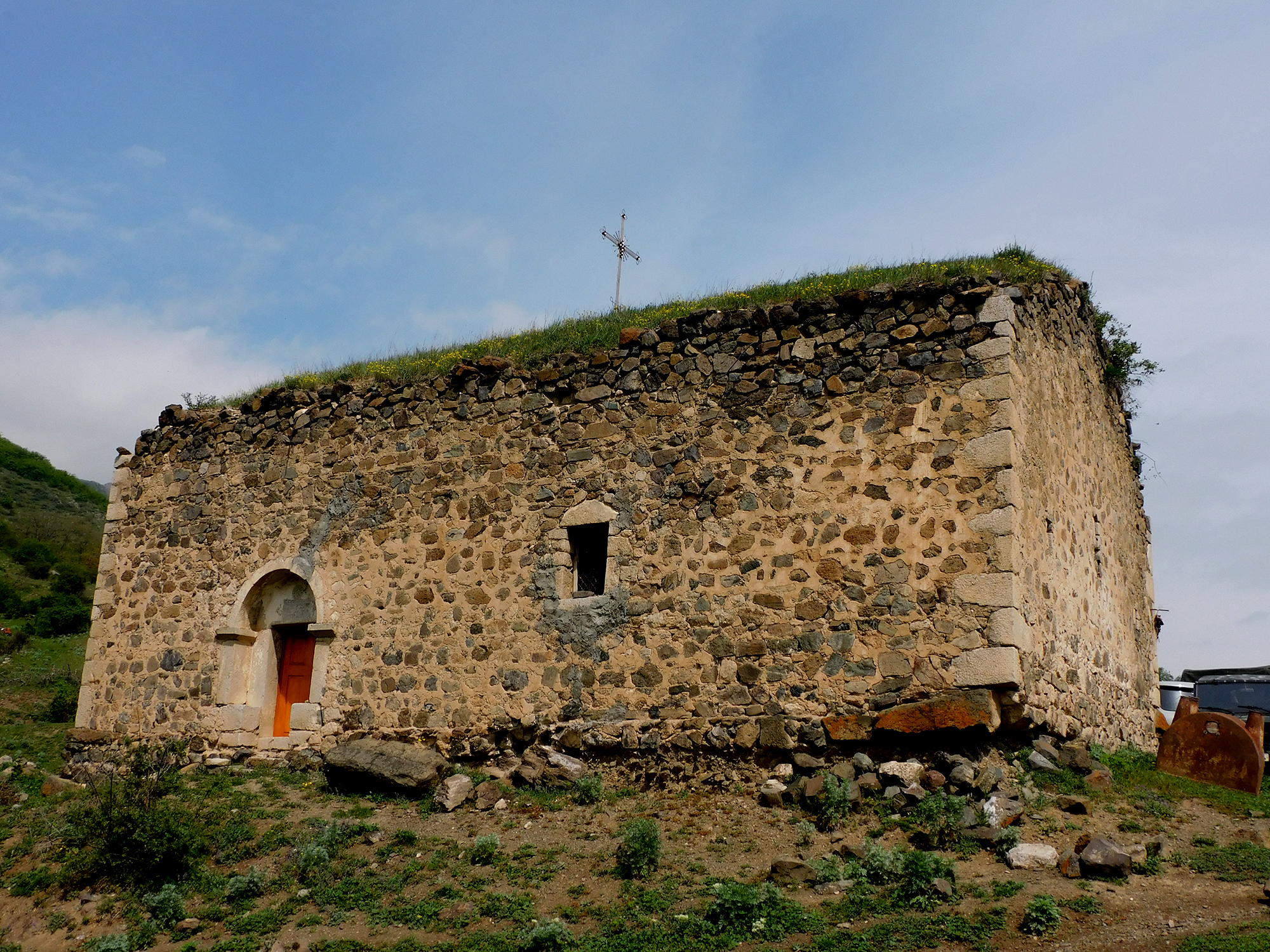
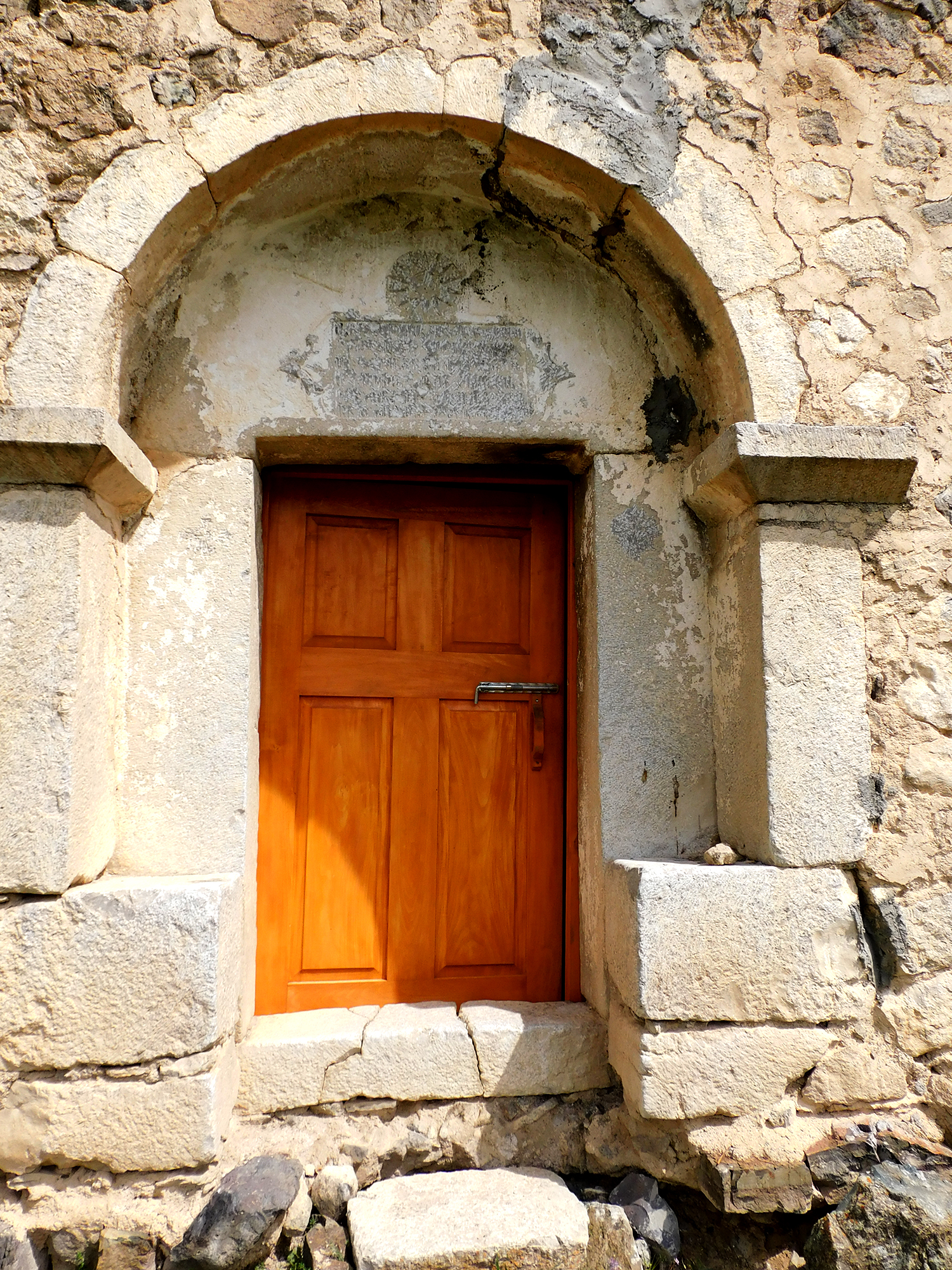
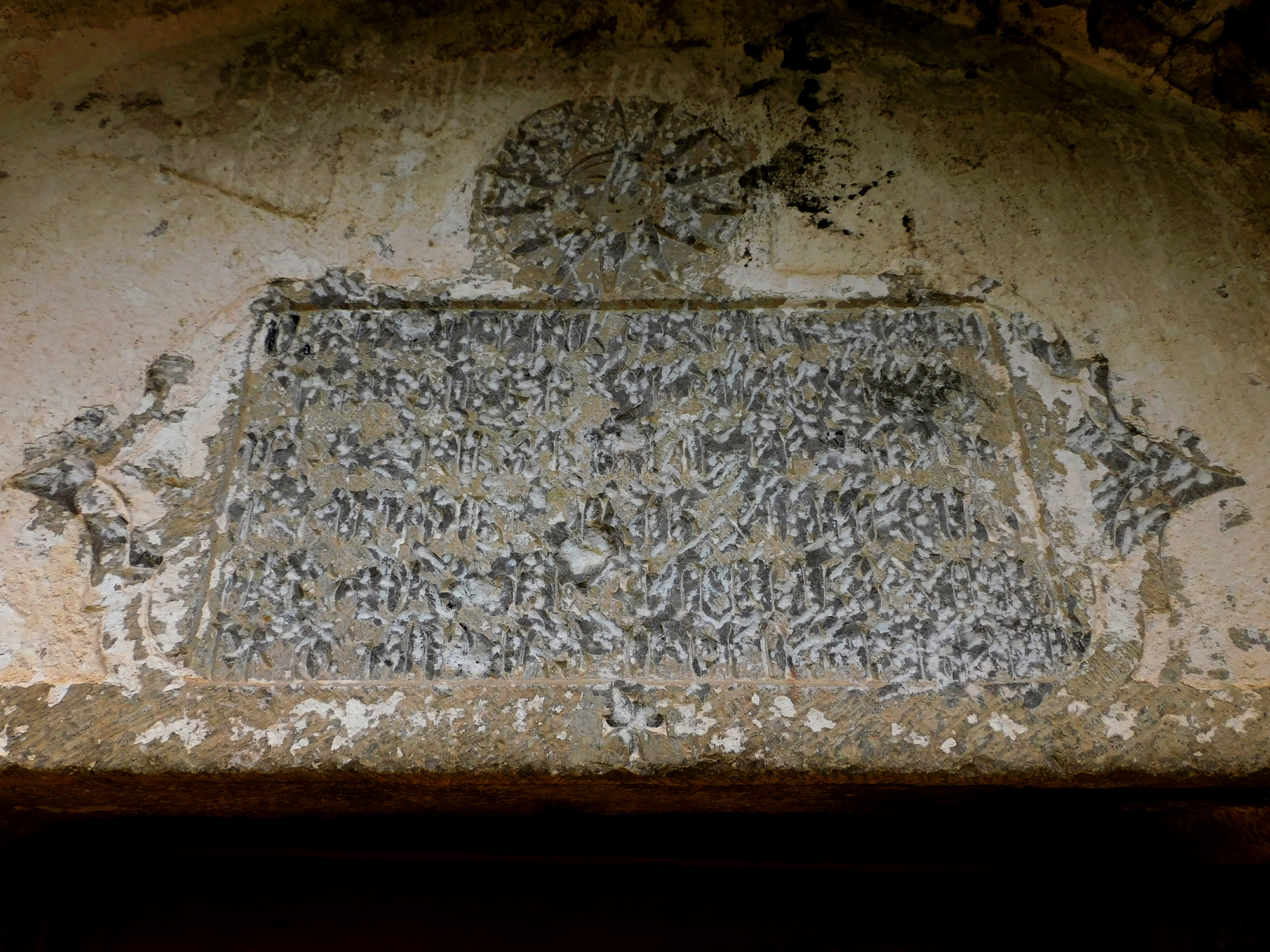
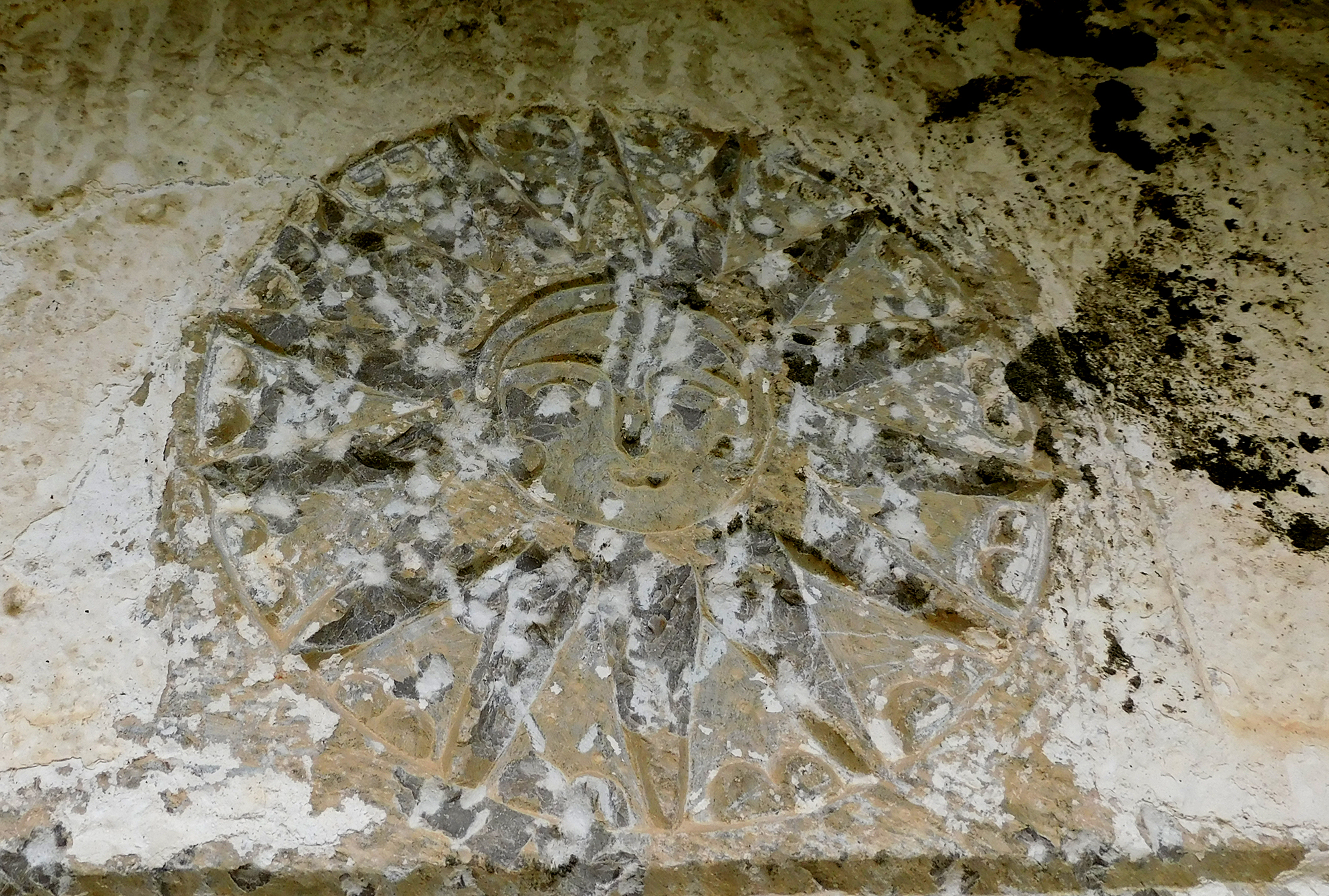
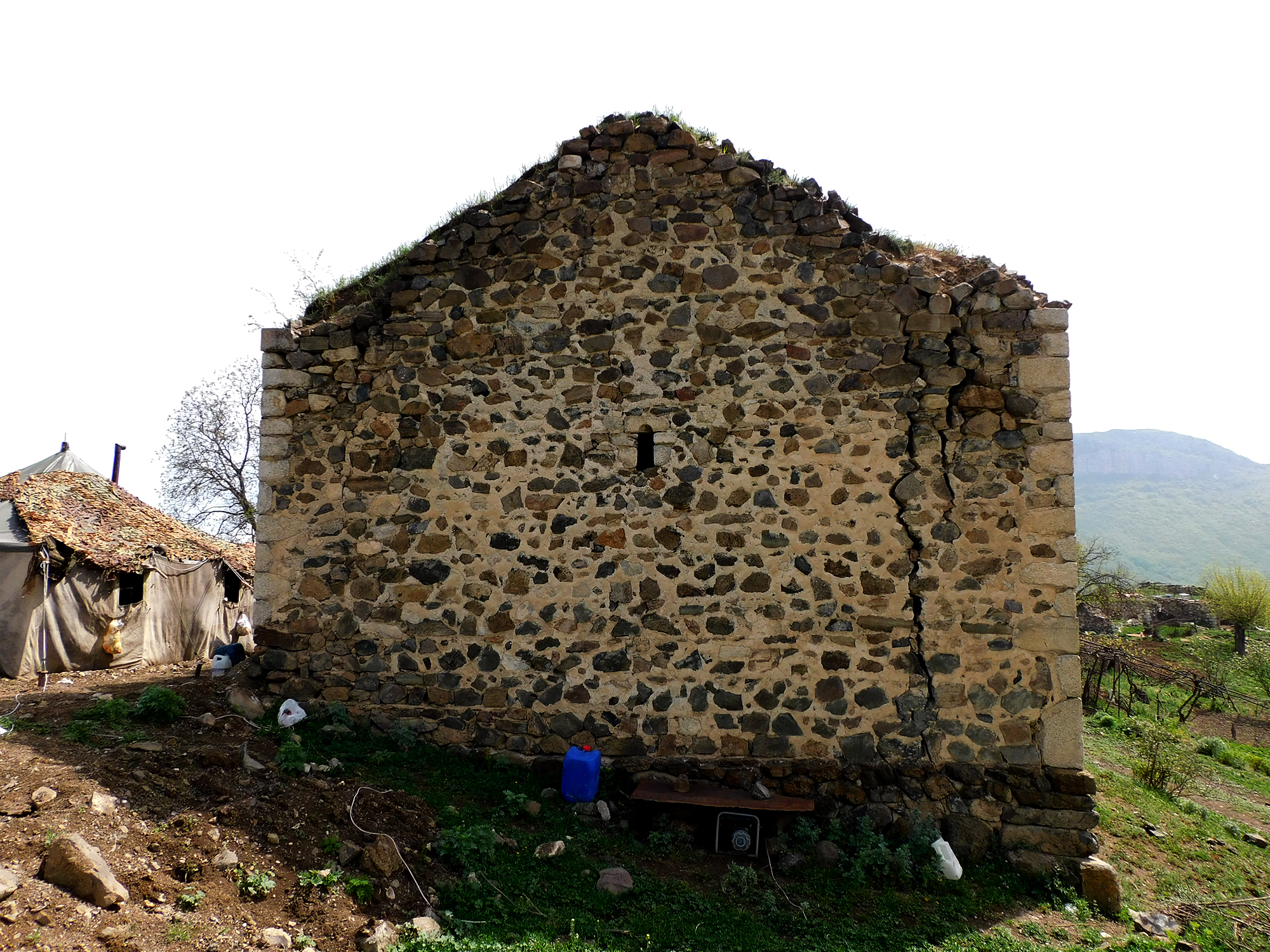
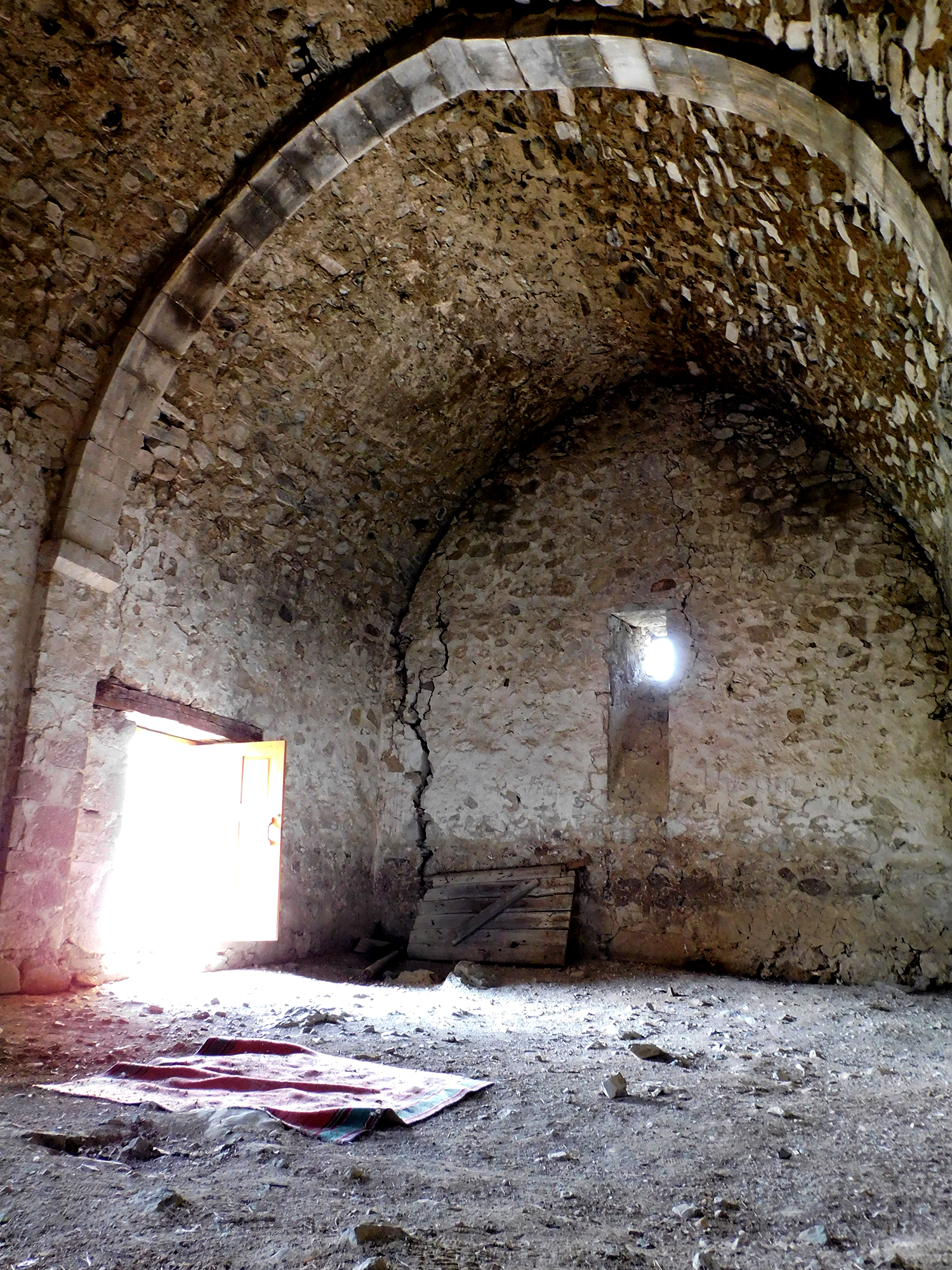
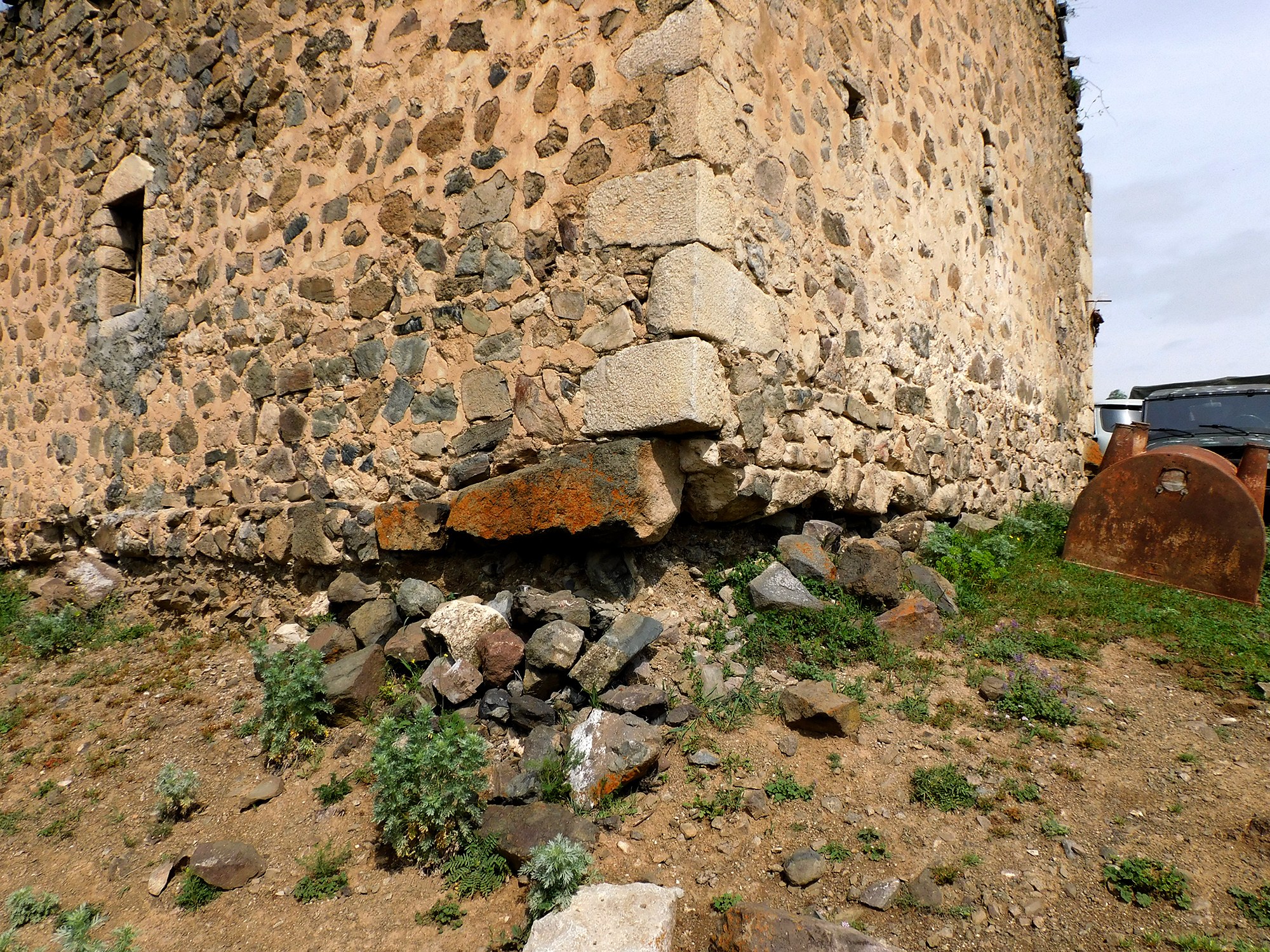
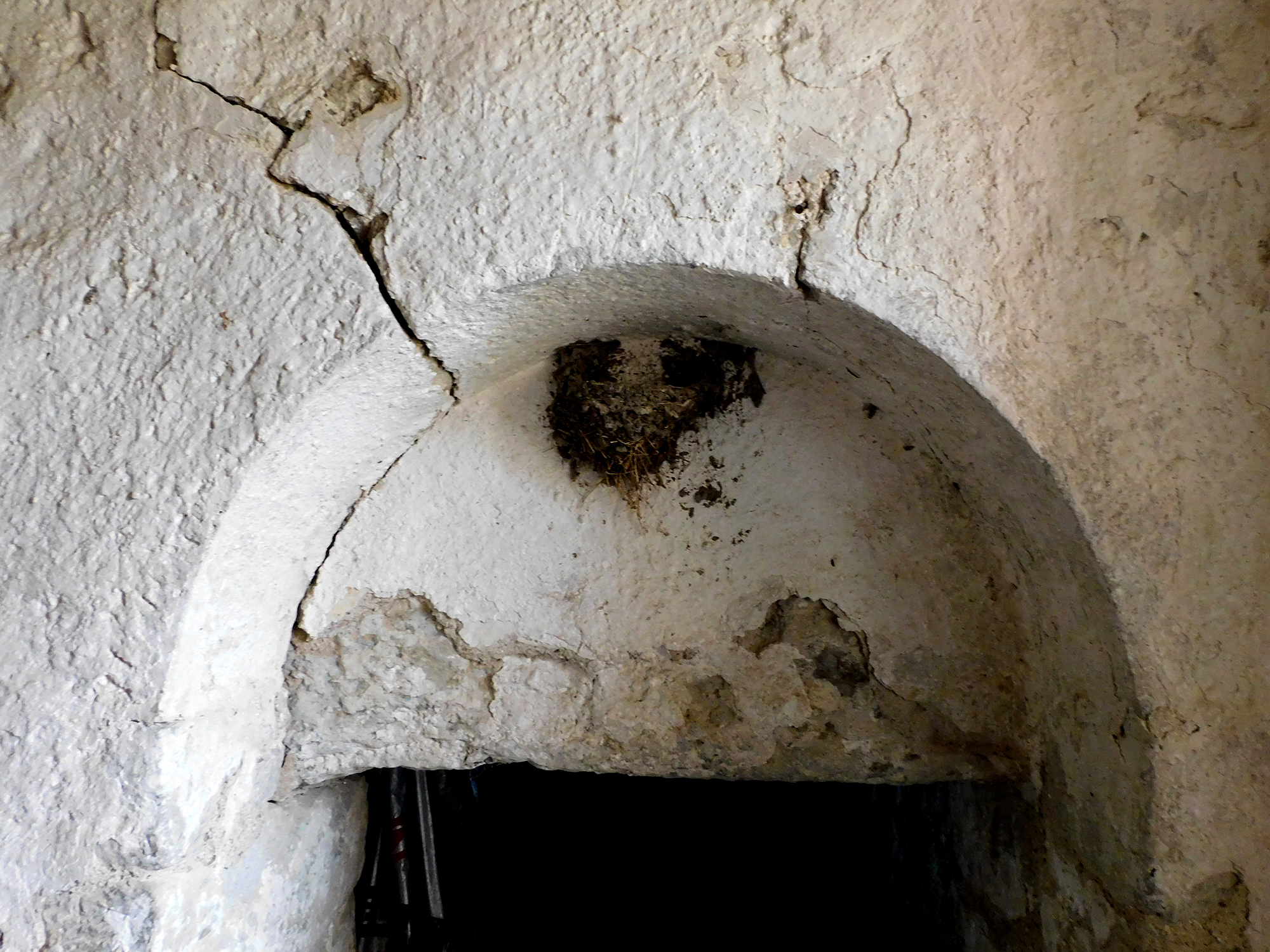
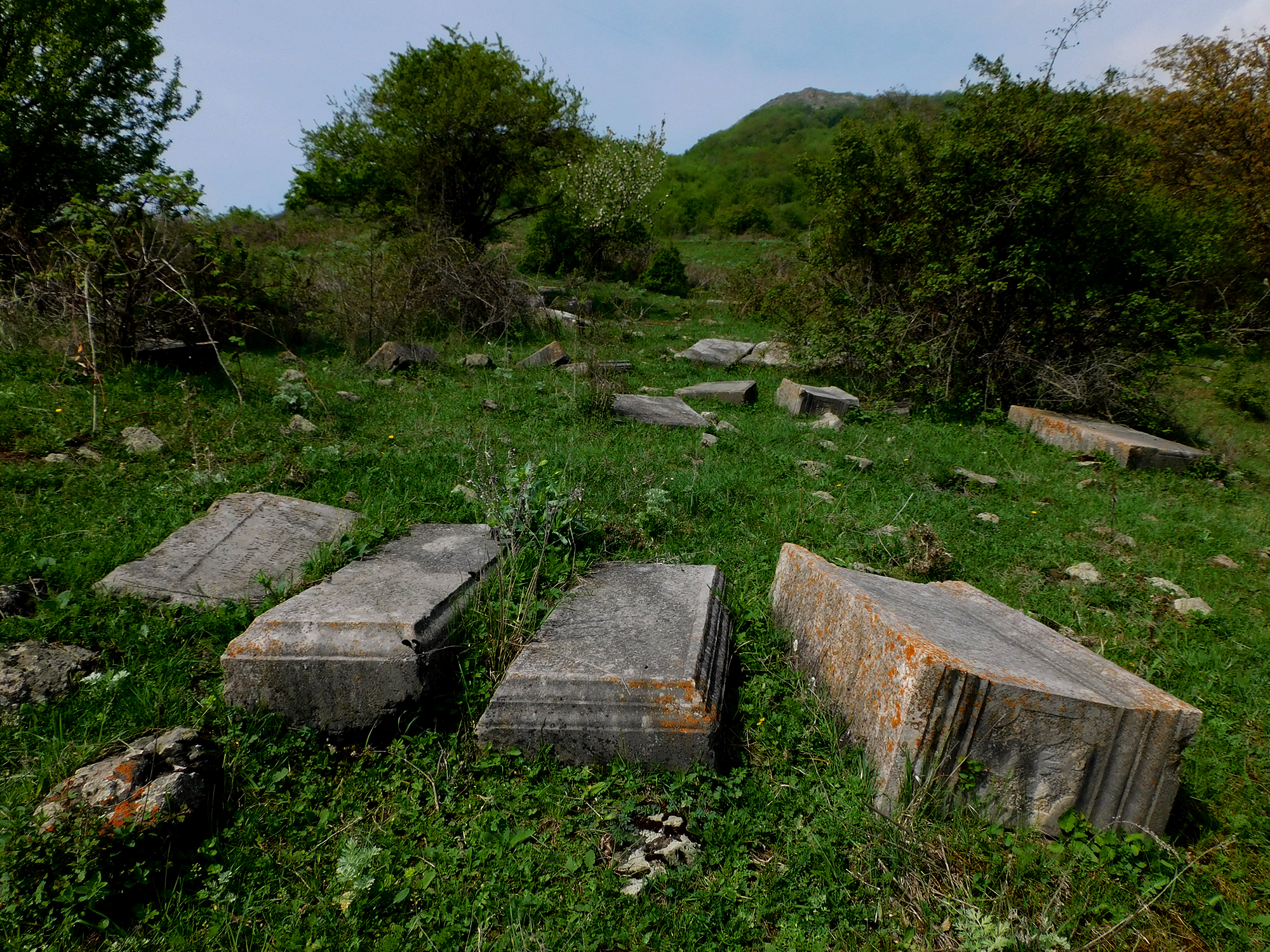
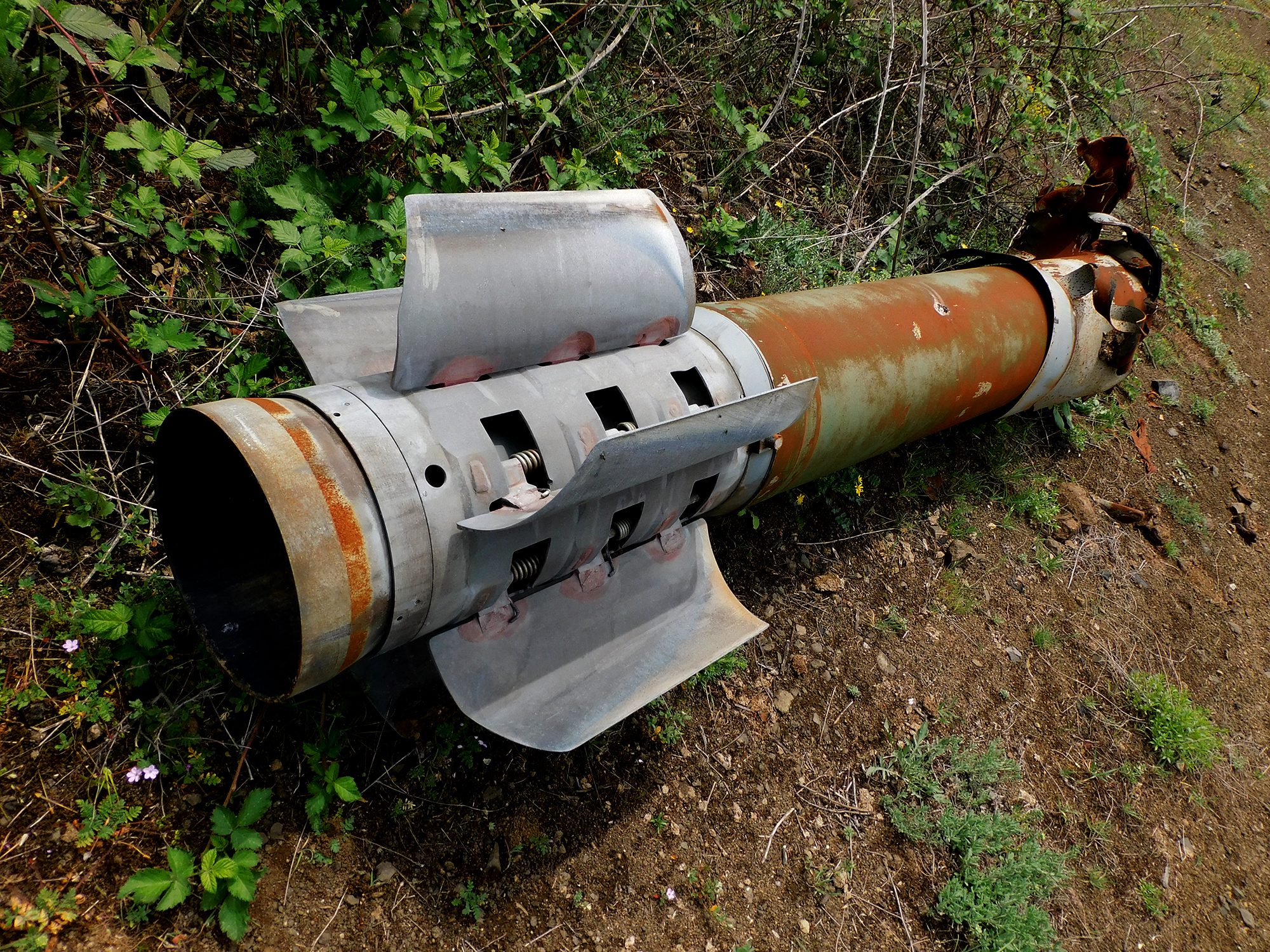
Ghaybalushen
Artsakh